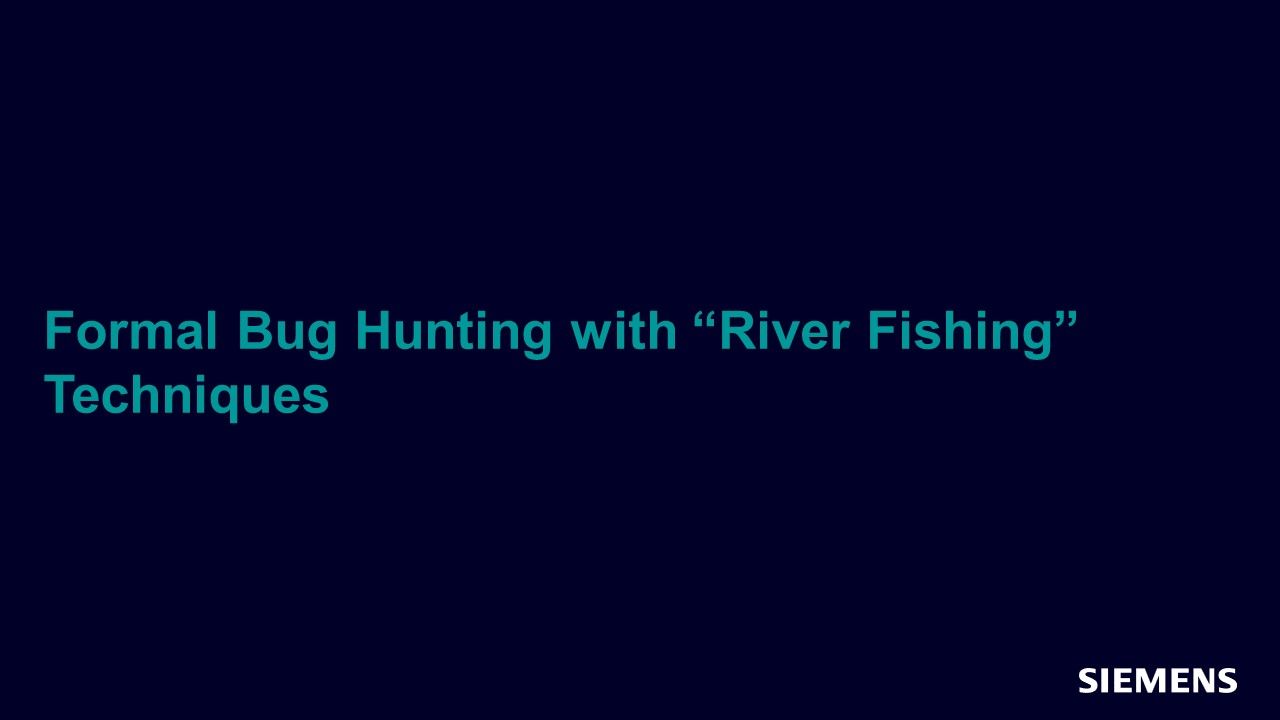Formal Bug Hunting with “River Fishing” Techniques
Formal verification has been used successfully to verify today’s SoC designs. Traditional formal verification, which starts from time 0, is good for early design verification, but it is inefficient for hunting complex functional bugs. Based on our experience, complex bugs happen when there are multiple interactions of events happening under uncommon scenarios.

Full-access members only
Register your account to view Formal Bug Hunting with “River Fishing” Techniques
Full-access members gain access to our free tools and training, including our full library of articles, recorded sessions, seminars, papers, learning tracks, in-depth verification cookbooks, and more.